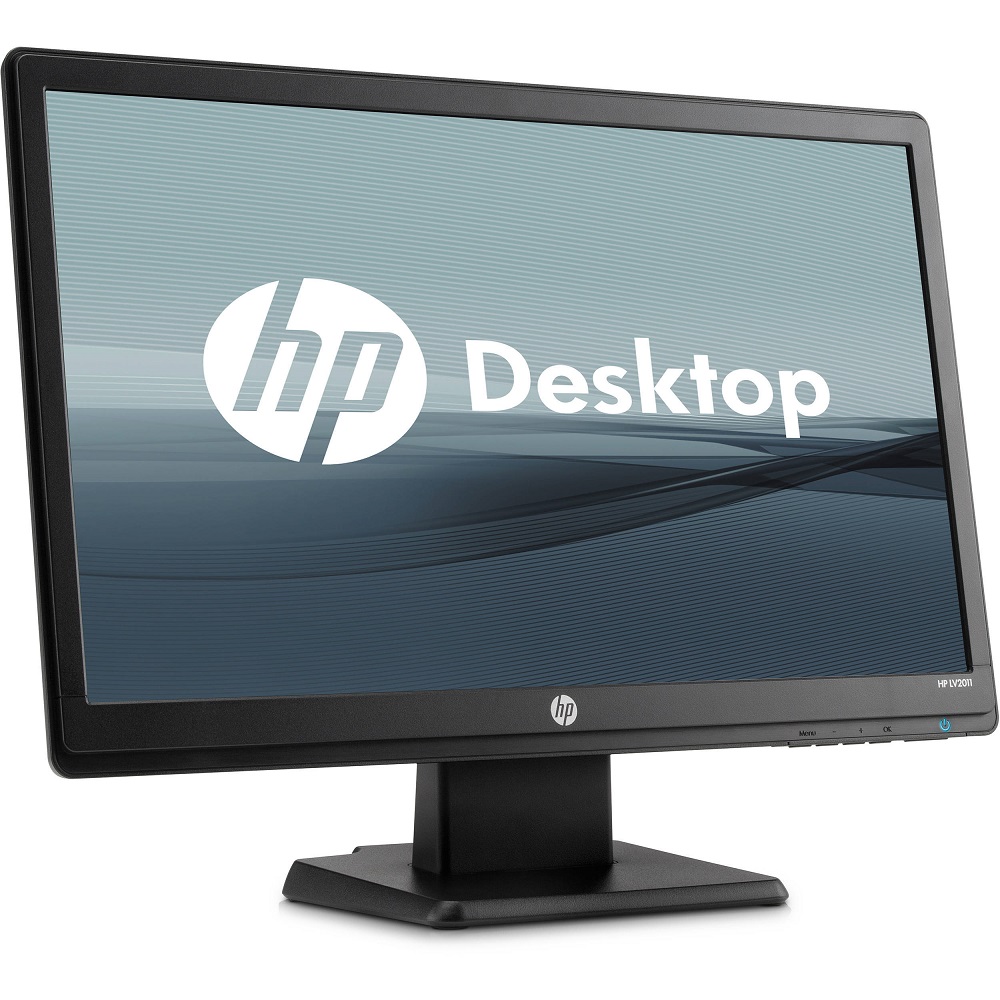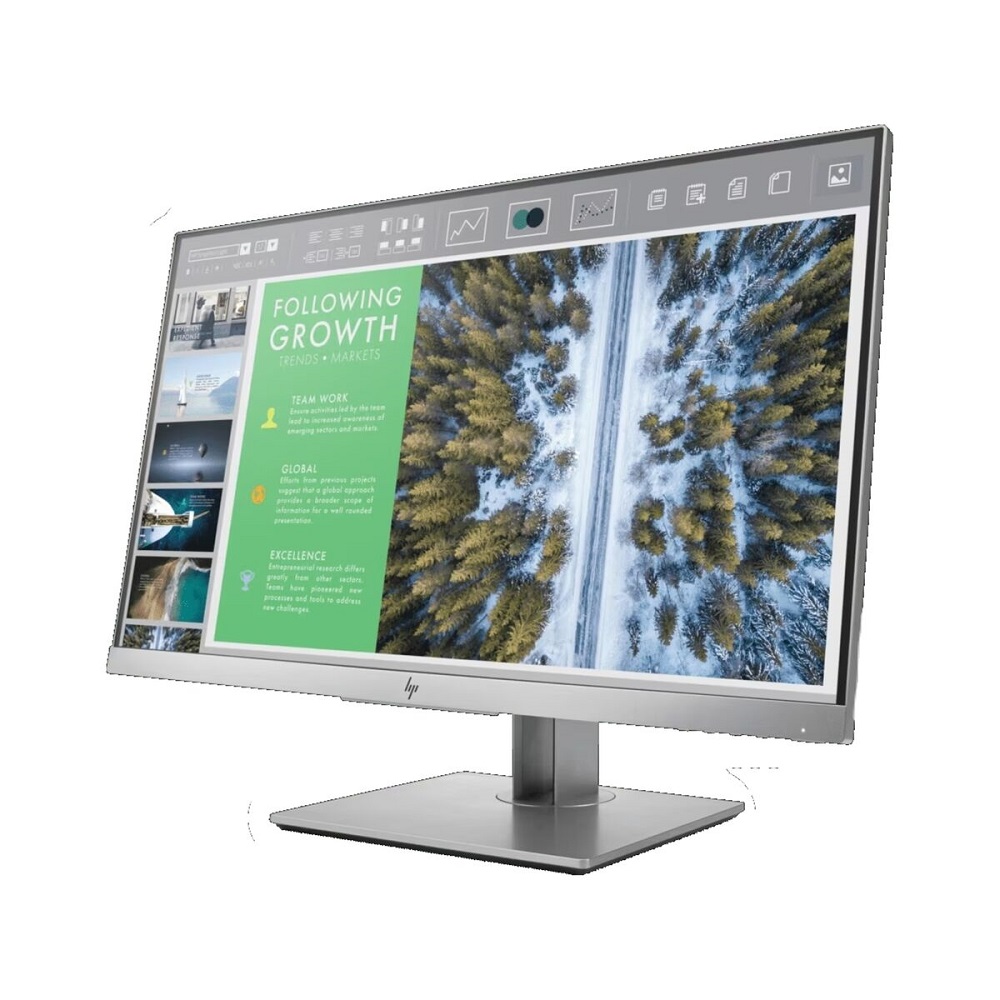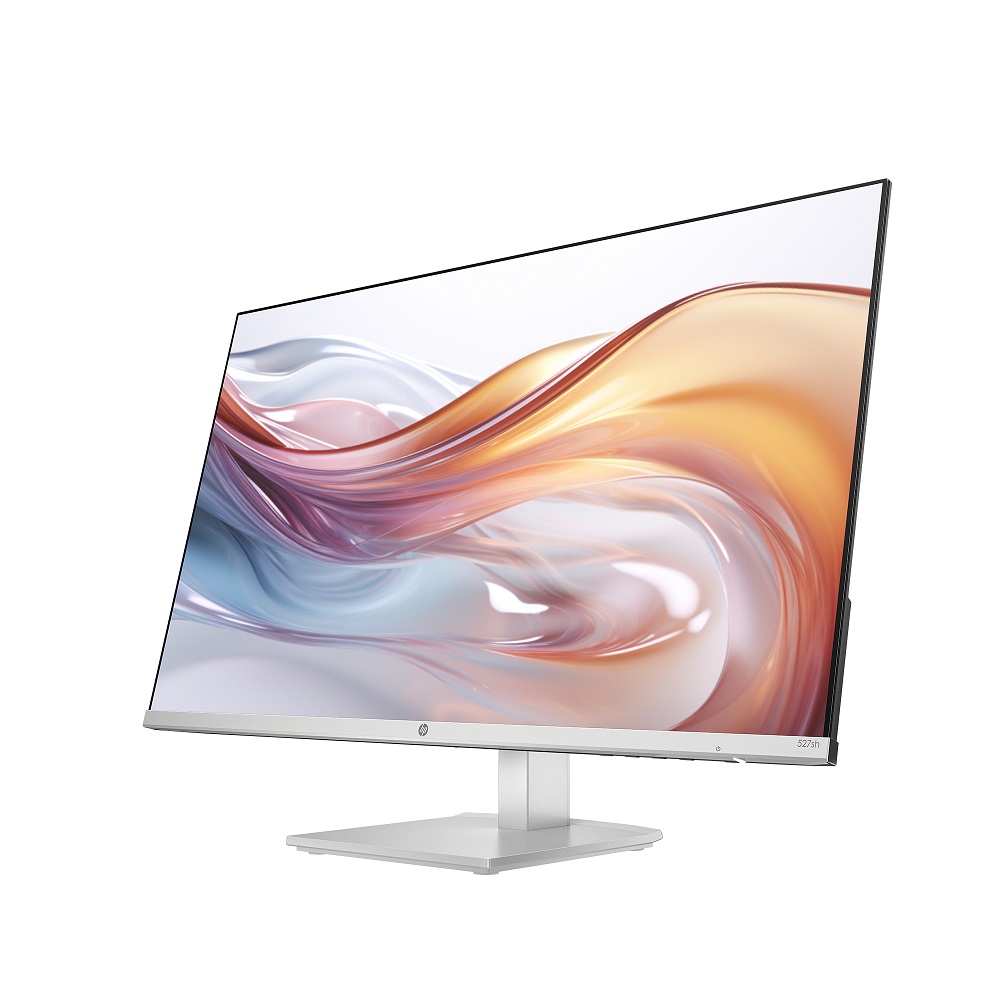Choosing the right monitor is vital in today’s digital world, especially with the increasing amount of time people spend in front of screens. HP desktop monitors are known for their quality, innovation, and variety, catering to everything from casual use to professional-level requirements. This guide will explore the key features and specifications of HP desktop monitor, helping you make an informed decision on your next investment.
Overview of HP Desktop Monitors
Understanding HP’s Monitor Lineup
HP offers a broad lineup of desktop monitors designed for different users and applications. From high-performance models ideal for gamers and designers to budget-friendly options for general use, there’s something for everyone. HP’s monitors often come in various sizes, ranging from compact 21-inch displays to expansive 34-inch ultrawide screens, catering to different workspace setups and personal preferences.
Before purchasing, familiarize yourself with HP’s various product lines, such as the HP P Series aimed at professionals, the HP Elite Series for business environments, and the HP Omen Series focused on gaming. Understanding what each series offers can help you narrow down your choices.
Importance of Choosing the Right Monitor
Selecting the right monitor can significantly improve your productivity and user experience. A high-quality display can enhance your viewing comfort, reduce eye strain, and even improve the accuracy of your work if you’re in design or photography. By understanding the specific needs of your work and leisure activities, you can pick the ideal monitor from HP’s extensive range.

Key Features to Consider
Display Technology: IPS, VA, and TN Panels
The display technology greatly influences the visuals you get from your monitor. HP monitors generally use three types: IPS (In-Plane Switching), VA (Vertical Alignment), and TN (Twisted Nematic).
- IPS Panels: These offer the best color accuracy and viewing angles, making them ideal for graphic design and professional photography. They provide vibrant colors and consistent brightness levels, even from sharp angles.
- VA Panels: These are often characterized by excellent contrast ratios, making them suitable for watching movies or gaming. Colors are rich, but they may not match the accuracy of IPS panels.
- TN Panels: Generally the most affordable, TN panels are characterized by high refresh rates and fast response times, ideal for competitive gaming. However, they sacrifice color quality and viewing angles compared to IPS and VA panels.
Choosing the right panel type will depend on how you plan to use the monitor, so consider your activities carefully.
Resolution and Refresh Rate
The resolution of a monitor determines the clarity and detail of the images displayed. Common resolutions include Full HD (1920 x 1080), Quad HD (2560 x 1440), and 4K (3840 x 2160). Higher resolutions offer more detailed images but may also demand more from your computer’s graphics card.
Refresh rate refers to how many times per second the monitor updates the display. Standard refresh rates are 60Hz, 120Hz, and 144Hz. A higher refresh rate contributes to smoother motion, especially beneficial for gaming or fast-paced video. Gaming monitors in particular, like those in HP’s Omen Series, often feature higher refresh rates for a competitive edge.
Port Availability and Connectivity
Common Ports and Their Functionality
Before purchasing an HP monitor, check the available ports to ensure compatibility with your devices. Common ports include HDMI, DisplayPort, USB-C, and VGA. Make sure you have the right cables or adapters, especially if you’re connecting newer laptops or desktops.
- HDMI and DisplayPort: These are the most common connections for modern PCs and laptops. They support both video and audio transmission.
- USB-C: Increasingly popular for its versatility, a USB-C port can charge devices and transmit video/audio simultaneously. This is particularly handy if you want to reduce cable clutter.
- VGA: While older technology, many budget monitors still include VGA ports for compatibility with legacy systems.
Assess your current devices and their compatibility with the monitor to avoid any surprises during setup.
Daisy Chaining Multiple Monitors
If you plan to use multiple monitors, check whether the HP monitor supports daisy-chaining through DisplayPort. This feature allows you to connect several monitors using a single cable from your graphics card, helping reduce clutter and streamlining your workspace.
Daisy chaining can expand your visual workspace, enhancing productivity in multitasking scenarios. It’s ideal for professionals working with design, data analysis, or any tasks requiring multiple applications to be visible at one time.

Ergonomics and Design
Adjustable Stands and Mount Compatibility
A monitor’s ergonomics significantly affect user comfort and posture during long hours of use. HP offers various adjustable stands that allow users to change the height, tilt, and rotation of the monitor. This flexibility is essential for creating a comfortable ergonomic workstation.
Moreover, check if the monitor is VESA-compatible, enabling you to mount it on compatible arms or stands. This added flexibility can help free up desk space and customize your setup further.
Aesthetic Appeal and Desk Space
The design and aesthetics of a monitor play a role in how it fits into your workspace. HP desktop monitor often feature sleek designs and slim bezels, giving them a modern look that can enhance any home or professional office.
Consider the physical footprint of the monitor too. If you work with limited desk space, a more compact model may suit your setup better. Monitor size and bezel dimensions can affect how comfortably you can work in tight quarters.
Price vs. Performance
Setting a Budget
With such a wide range of HP desktop monitor available, setting a budget is crucial. Prices can vary significantly based on features, technology, and specifications. Determine how much you’re willing to invest and stick to it, but also keep in mind that higher-quality models may provide better long-term value.
Consider what you realistically need from a monitor. If you’re a casual user focused on browsing and streaming, a more affordable model may suffice. However, if you’re a professional gamer or graphic designer, investing in higher specifications will likely be worth the expense.
Evaluating Performance Needs
Once you’ve established a budget, identify your performance needs. Evaluate what tasks you regularly perform on your computer. Gamers will benefit from high refresh rates and quick response times, while photographers may need superior color accuracy.
Make sure to compare performance metrics like response time (ideally below 5ms for gaming) and color gamut (how well the monitor displays colors) against your requirements. Balancing performance with budget will lead to a satisfactory purchase.

Customer Reviews and Recommendations
Importance of Researching Reviews
Before making a final decision, take the time to read customer reviews and expert recommendations. Users who have already experienced the monitor can provide invaluable insights regarding performance, longevity, and any issues encountered. Websites like Amazon, Best Buy, or specialized tech websites often offer user feedback that can be incredibly helpful.
Look for specific aspects highlighted in reviews, such as clarity, build quality, and ease of setup. Consistent patterns among comments can help inform your decision, enabling you to choose wisely.
Seeking Expert Advice
Consulting experts or visiting retail stores for in-person demonstrations can also provide clarity. Speaking to sales representatives familiar with HP desktop monitor can lead to recommendations tailored to your needs. They can even provide demonstrations, showcasing different features and allowing you to compare models directly.
By combining personal research with expert advice, you’ll obtain a thorough understanding before committing to your purchase.
Maintenance and Care for Longevity
Keeping Your Monitor Clean
Ensure your HP desktop monitor lasts for years by maintaining it properly. Regularly clean the screen using a microfiber cloth to avoid scratches and buildups of dust. A gentle cleaning solution specifically designed for screens can help remove smudges and fingerprints without causing damage.
Avoid using abrasive materials or harsh chemicals, as these can harm the screen’s surface and reduce clarity over time.
Regular Software Updates
For monitors with Smart features or built-in software, applying any available updates is crucial for optimal performance. Check HP’s official website for the latest firmware updates, as these can improve your monitor’s functionality and compatibility with modern operating systems.
Keep in mind that using the monitor in accordance with guidelines regarding brightness and settings can also extend its lifespan. Proper care ensures you get the most value out of your investment.
Making the Right Choice
HP desktop monitor provide a wealth of options tailored to meet a variety of needs, whether for work, leisure, or gaming. By understanding the features and specifications available, you can navigate the array of choices to find the ideal monitor for your setup.
From considering display technology to recognizing the importance of ergonomics, each detail plays a key role in your selection. Investing time in research, evaluations, and ongoing maintenance will help ensure that your HP monitor enhances your productivity and enjoyment for many years to come.
